If you identify as American Indian or Alaska Native (AI/AN), you are more than three times as likely to be killed while walking, compared with the average American.

By Ian Thomas
This shocking and tragic statistic was the focus of America Walks’ July 9th webinar, during which tribal safety, health, planning, transportation, and community engagement experts discussed why pedestrian fatalities are so high in Indian Country and what to do about it. This webinar launched a new project funded by the National Safety Council’s Road to Zero program, in which America Walks is partnering with the following tribal leaders and communities:
- Sheri Bozic, Director of Planning, Development, and Transportation, Pueblo of Jemez
- Hillary Mead, Primary Prevention Program Supervisor, Cherokee Nation Public Health
- HollyAnna CougarTracks DeCoteau Littlebull, Yakama tribal leader, public safety and
planning professional, artist, and activist - Maja Pederson, Assistant Professor, School of Public and Community Health Sciences,
University of Montana
All of the partners except HollyAnna Littlebull (who was busy fighting wildfires and helping residents evacuate from areas of Yakama Nation) participated in the webinar panel, and everyone agreed that the main reason for the crisis of pedestrian fatalities in Indian Country is the high-speed highways which cut through pueblos, reservations, and the urban and suburban areas of cities where many AI/AN people live. When a vehicle strikes a pedestrian, impact speed is the most important factor in determining whether or not the collision will be fatal, and roadways in tribal communities are so often designed for high speeds.
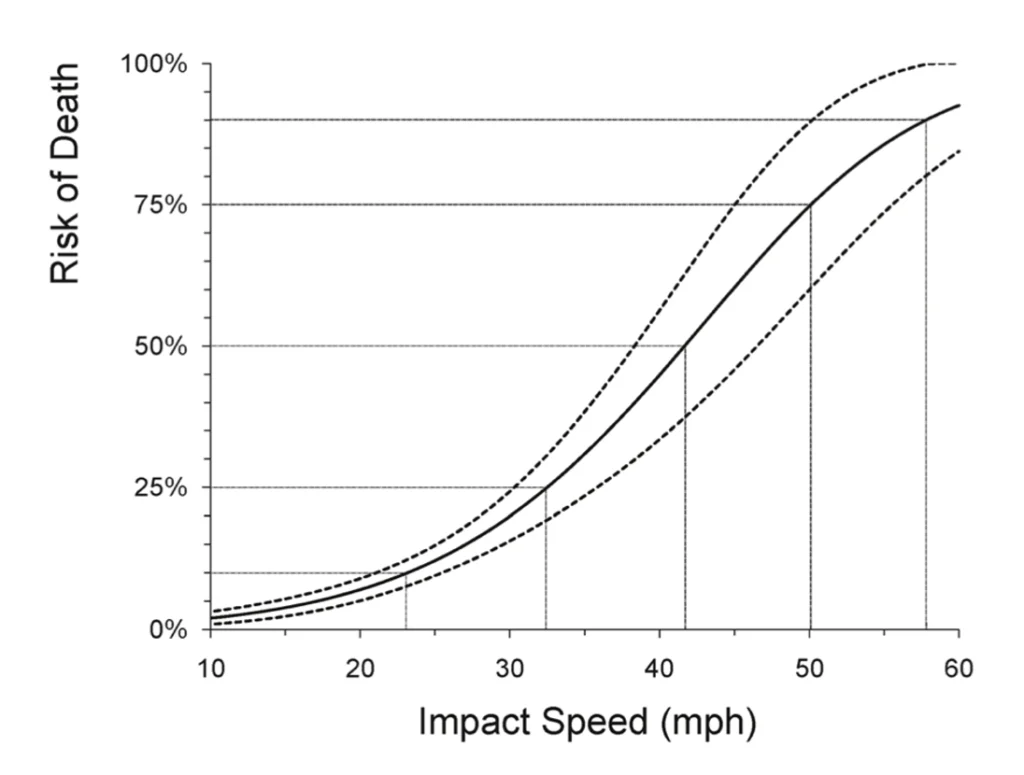
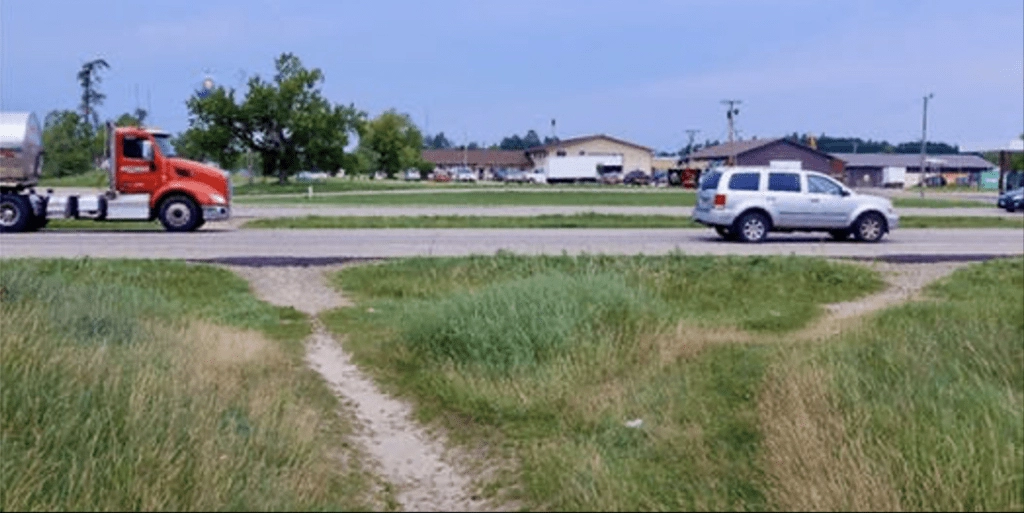

Panelists spent the remainder of the webinar discussing best practices for reducing vehicle speeds, and describing specific activities they are planning for the 12-month Road to Zero project.
The largest single event will be an in-person workshop and Quick-Build project, coordinated by Sheri Bozic and hosted in the Pueblo of Jemez, New Mexico this fall. Participants from two previous “Policy Round Tables on Tribal Pedestrian Safety” (a virtual event in 2022 and an in- person session at the 2023 National Transportation in Indian Country Conference) will be invited to attend and the agenda will include formation of the National Coalition for Tribal Pedestrian Safety.
Sheri is working with the New Mexico Department of Transportation to implement a Quick-Build traffic calming project on State Highway 4, which bisects the village with a never-ending flow of high-speed traffic. This will represent the next step in the Pueblo of Jemez’ Safe Transportation Initiative, following the identification of problems in a 2007 Road Safety Audit, construction of a pedestrian trail along Highway 4 which is currently nearing completion, and a recent Quick-Build project on one of the village roads.
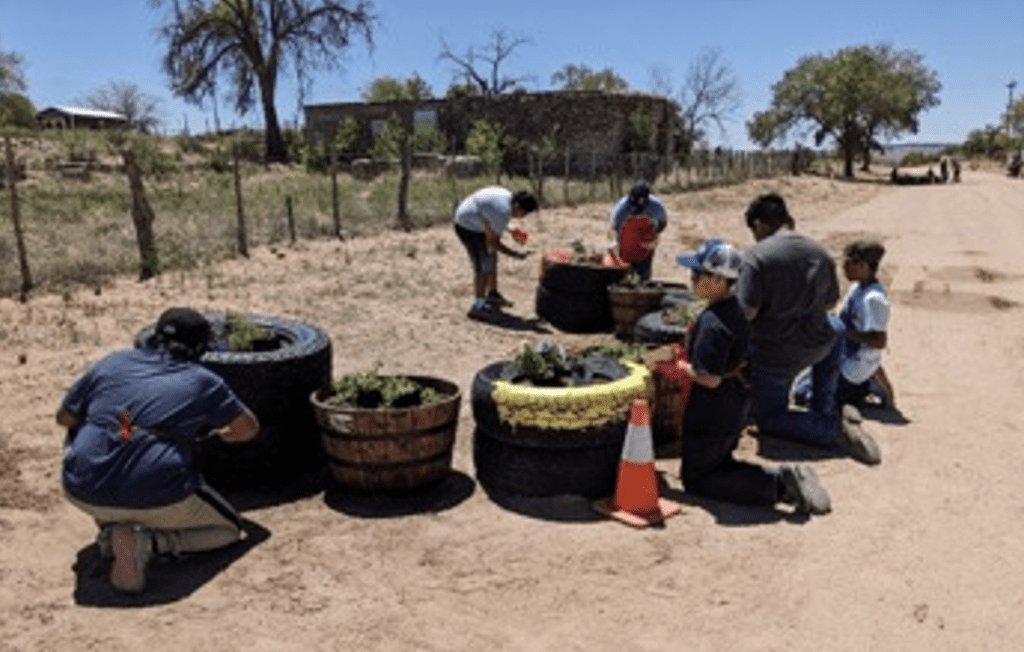
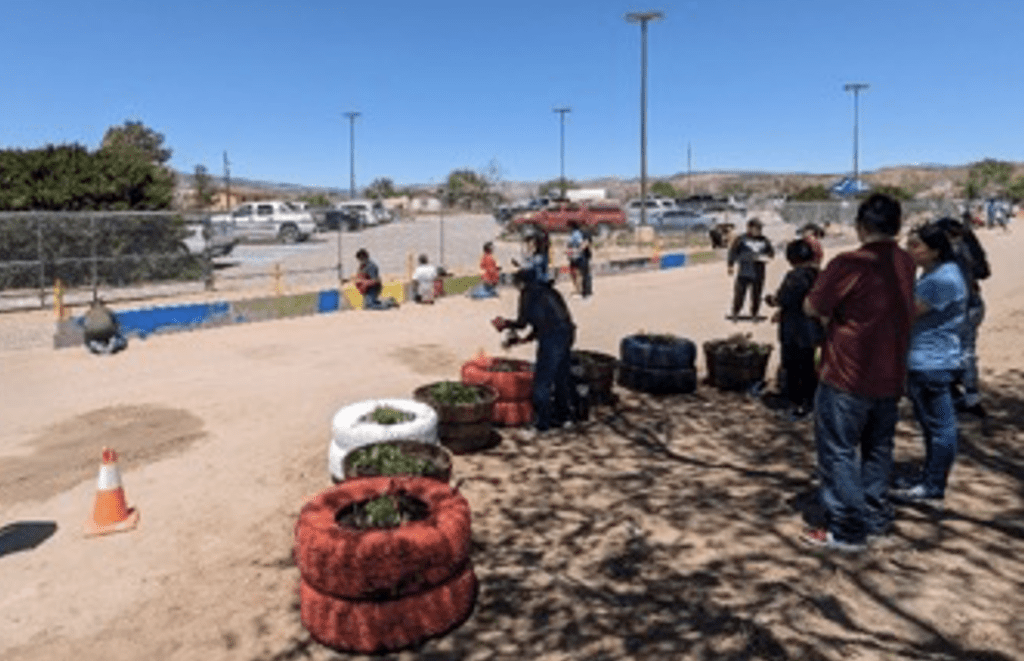
A workgroup led by Hillary Mead (Cherokee Nation Public Health) will develop education and training materials focused on tribal pedestrian safety. Building on an existing Safe Routes to School project supported by Oklahoma State University’s High Obesity Program, stories will be gathered from tribal members (children and adults) who walk along high-speed roadways every day, as a first step. Ultimately, a resource library of fact sheets, public awareness campaigns, technical toolkits, sample policies, and training programs for communities and professionals will be developed.

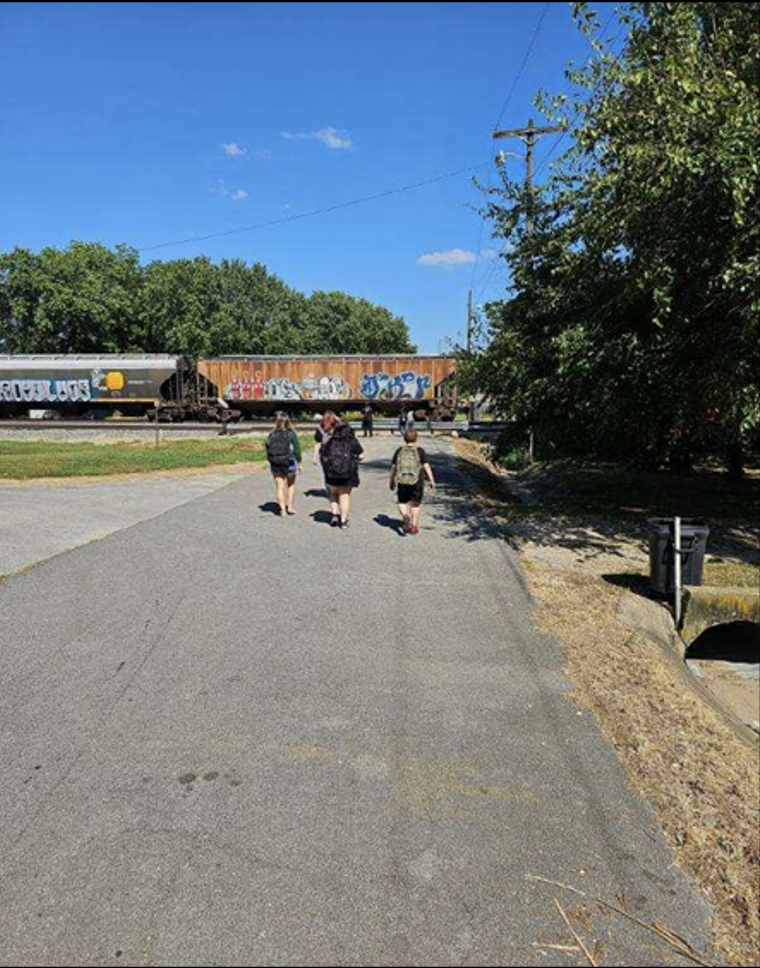
Working with the Confederated Salish and Kootenai Tribes of the Flathead Nation, Maja Pedersen will lead a demonstration project to center underrepresented voices in transportation planning, using the Stanford Our Voice public engagement tool. This community-based, participatory research process will ensure that the lived experience of those most impacted by unsafe roadways is the starting point for efforts to identify social and built environment factors relating to pedestrian safety among AI/AN older adults, thereby leading to effective strategies to mitigate the harm.
In the spring of 2025, tribal pedestrian safety workshops and Quick-Build traffic calming projects will be implemented in partnership with the Confederated Salish and Kootenai Tribes and with Cherokee Nation. And, finally, the Our Voice tool will be used to evaluate the success of all of the educational and built environment interventions in these tribal communities.
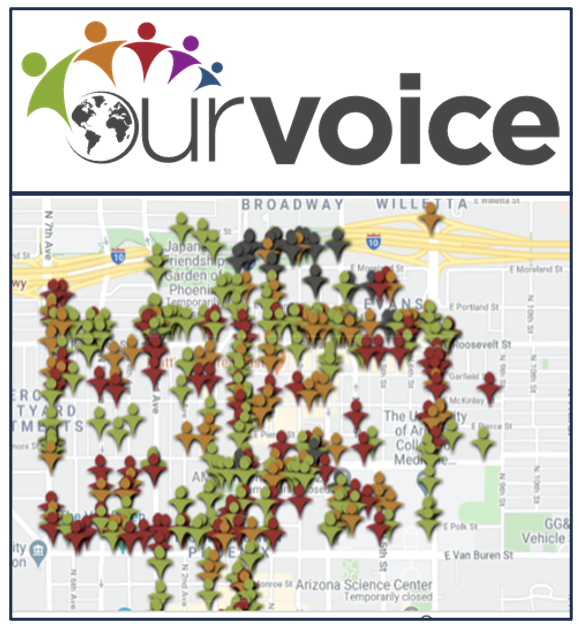
Check out the full recording of the webinar: